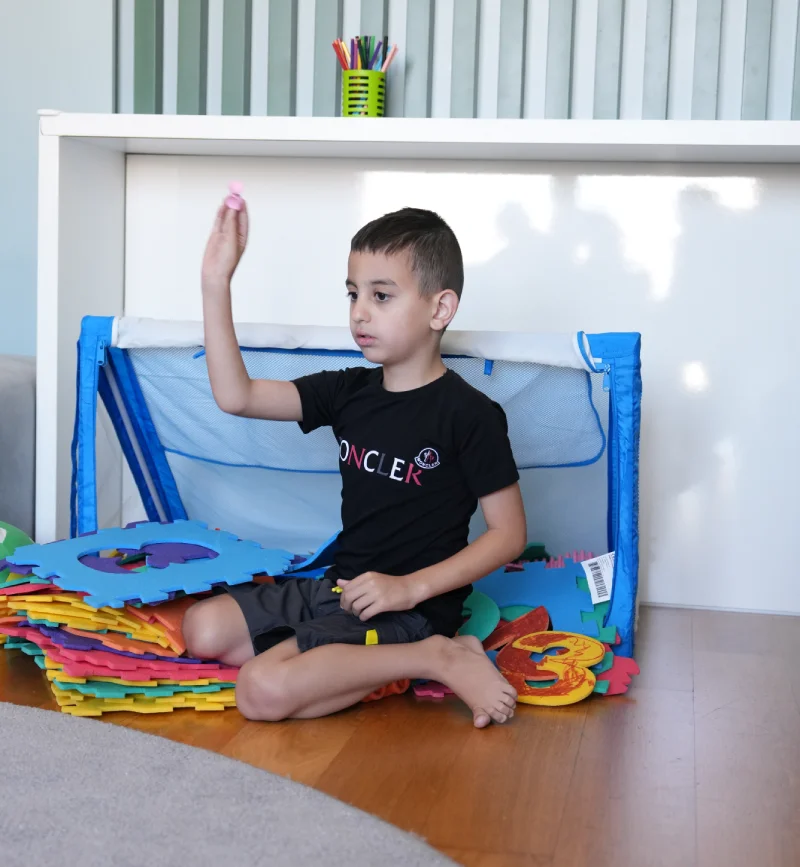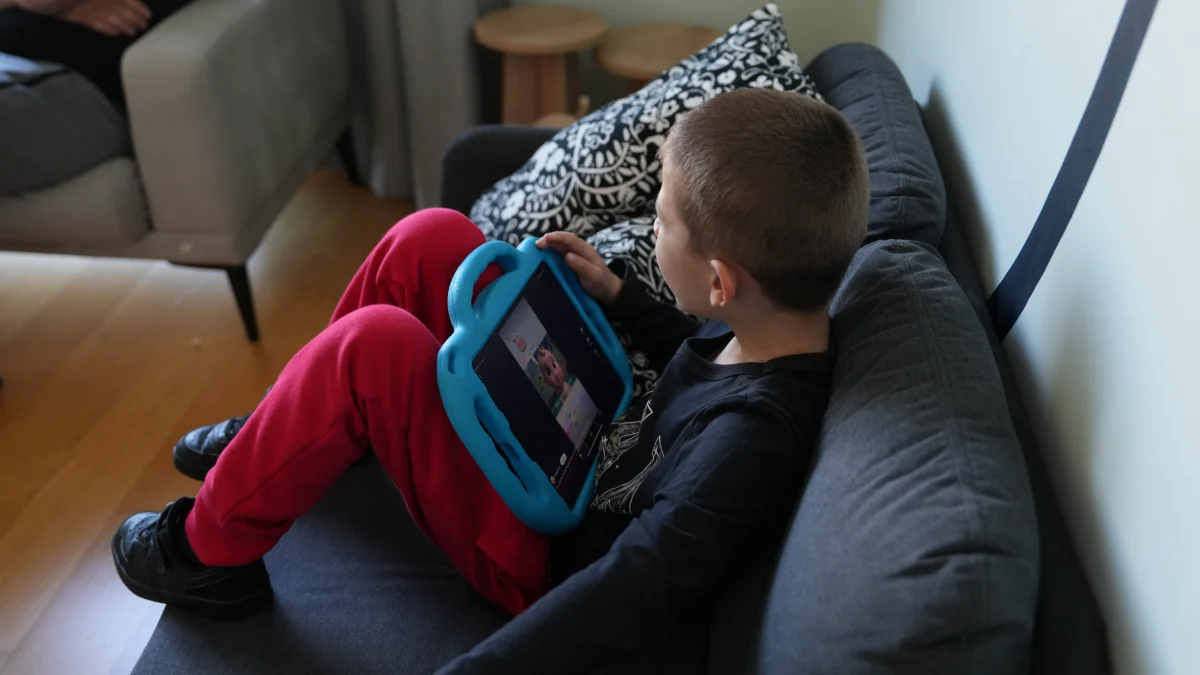When a child is diagnosed with autism, it doesn’t just affect them—it impacts the entire family. Siblings, especially, can feel confused, left out, or even resentful if they don’t understand what’s going on.
That’s why one of the most important yet overlooked parts of early intervention is learning how to explain autism to siblings in an honest, sensitive, and developmentally appropriate way.
At the same time, many families are exploring advanced treatment options like stem cell therapy for autism, and siblings often witness these medical journeys firsthand. Integrating these discussions can demystify both the diagnosis and the therapies, creating a more united and informed family unit.
Table of Contents
1. Why It’s Important to Talk to Siblings About Autism
- Emotional well-being: Unexplained behaviors can cause fear or embarrassment.
- Family harmony: Understanding creates empathy and reduces sibling rivalry.
- Confidence building: Children feel more in control when they understand their family dynamics.
💬 “If we don’t talk to siblings about autism, they create their own—and often wrong—narratives,” says Dr. Laura Scott, child psychologist at the Autism Research Center of California.
2. Start With What They Notice
Use your child’s observations as a doorway:
- “You’ve seen your brother flap his hands when he’s excited, right?”
- “You know how your sister sometimes repeats the same word again and again?”
Once they nod, you can explain:
“Those things happen because their brain works a little differently. It’s called autism.”
3. Age-Appropriate Language Is Key
🧒 Ages 3–6
- Use analogies like “different wiring” or “superpower brain.”
- Read picture books like “My Brother Charlie” or “Since We’re Friends.”
👦 Ages 7–12
- Explain behaviors as part of a neurological difference.
- Let them ask questions. Be open, even when you don’t have all the answers.
👧 Teenagers
- Discuss social implications and even therapy options.
- If your family is pursuing cutting-edge options like stem cell therapy, involve them in age-appropriate discussions.
4. Include Them in the Journey
Let siblings:
- Join therapy sessions occasionally
- Choose activities both children enjoy
- Create their own “communication system” (gestures, visuals)
If you’re pursuing treatments like stem cell therapy for autism, you can also explain:
“We’re trying a new treatment that might help your brother focus better or calm down easier. Some kids get really good results, some not. But we’re doing our best.”

5. Common Sibling Emotions and How to Address Them
| Emotion | What to Say |
| Jealousy | “You’re just as important, and we’ll always make time for you.” |
| Embarrassment | “It’s okay to feel that way. Want to talk about what happened today?” |
| Worry | “You’re not responsible for your sibling. We’re here to guide both of you.” |
Siblings also sometimes get curious about medical procedures. If you’re exploring options like stem cell therapy, keep the tone hopeful but grounded.
6. What About Stem Cell Therapy for Autism? How to Explain It
Many parents considering stem cell therapy find siblings asking, “Is it going to cure them?” Here’s how to address it:
“Stem cell therapy is still being researched. Some families have seen changes, others haven’t. But we’re trying it because it might help your sibling feel more calm, speak better, or connect with us more.”
Let’s break down what parents are discovering so far:
🔍 Stem Cell Therapy for Autism: Reviews & Research
- Stem Cell Therapy for Autism Reviews often mention improved social interaction and reduced repetitive behaviors.
- The Best Stem Cell Clinics for Autism include facilities in the U.S., Mexico, and Europe conducting regulated trials.
- Stem Cell Therapy Success Stories Autism range from children speaking for the first time to better eye contact.
However, keep in mind that Stem Cell Therapy Autism Clinical Trials are ongoing and not all children respond the same.
7. What Parents Should Know Before Bringing It Up
When discussing complex therapies like stem cell therapy for autism, consider the following:
- How Effective Is Stem Cell Therapy for Autism?
Results vary. Some trials show moderate gains; others show minimal impact. - Stem Cell Therapy Autism Side Effects
Usually minor (e.g., fever), but risks are higher in unregulated clinics. - Stem Cell Therapy Autism Success Rate
Depends on the child’s age, the type of stem cells used, and the clinic’s expertise. - Cost of Stem Cell Therapy for Autism
Ranges from $5,000 to $25,000 depending on region and facility. - Stem Cell Therapy Autism Near Me
Use clinical trial databases (like clinicaltrials.gov) to find local options.
Final Thoughts
Talking to siblings about autism is not a one-time conversation—it’s an evolving dialogue that grows with them. Including them in the journey not only strengthens the family unit but also nurtures empathy, patience, and understanding.
And if you’re pursuing stem cell therapy for autism, transparency and simplicity go a long way. Your children, all of them, deserve to feel informed, included, and hopeful.
Remember: Just as every child with autism is unique, so is every sibling. Listen, talk often, and let them be part of the story.
FAQ: Sibling Conversations & Stem Cell Therapy for Autism
Should siblings attend therapy sessions?
Occasionally, yes—especially for play-based or family therapy. It fosters bonding and understanding.
Can I tell my child we’re trying stem cell therapy?
Yes, with age-appropriate language. Focus on helping their sibling feel better rather than “fixing” anything.
Will my children understand side effects or success rates?
Older kids and teens can. Offer facts, not promises.
Can talking about stem cell therapy give false hope?
Only if it’s framed unrealistically. Keep the tone grounded yet hopeful.
Is it safe to discuss medical expenses like the cost of stem cell therapy?
For teens, yes. It teaches responsibility and context. For younger children, keep the focus emotional, not financial.

